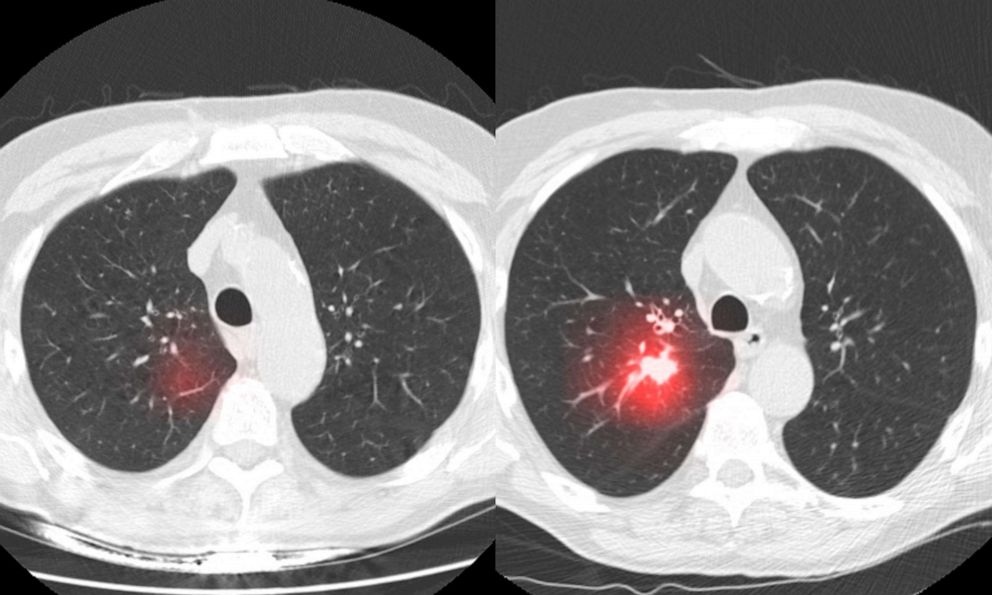Two machine learning algorithms developed by researchers at MIT’s CSAIL division, which focuses on computer engineering and AI development, have the ability to detect pancreatic cancer at a higher threshold than existing diagnostic criteria. The “PRISM” neural network was built by combining the two models. Its purpose is to identify pancreatic ductal adenocarcinoma (PDAC), which is the most common kind of pancreatic cancer.
When patients are checked by professionals, the current standard PDAC screening criterion detects approximately 10% of cases. By contrast, PDAC patients were detected 35% of the time by MIT’s PRISM.
Although applying AI to diagnostics is not a novel concept, MIT’s PRISM is notable for the way it was created. The neural network’s programming was done using access to various sets of actual electronic health records from US healthcare facilities. It was fed information from more than 5 million electronic health records, which the team’s researchers claimed “surpassed the scale” of data provided to an AI model in this specific field of study. According to Kai Jia, MIT CSAIL PhD, senior author of the paper, “the model uses routine clinical and lab data to make its predictions, and the diversity of the US population is a significant advancement over other PDAC models, which are usually confined to specific geographic regions like a few healthcare centers in the US.”
The PRISM experiment at MIT began more than six years ago. The fact that the majority of patients receive a diagnosis much later in the course of the cancer—roughly 80% are detected far too late—is a major driving force behind the creation of an algorithm designed to identify PDAC early.
The patient’s demographics, past diagnoses, current and past prescriptions in treatment plans, and lab results are all analyzed by the AI. The model’s overall goal is to forecast the likelihood of cancer by examining data from electronic health records along with other criteria, such as a patient’s age and specific risk factors that are apparent in their lifestyle. However, PRISM can only assist in the diagnosis of a limited number of individuals at the rate that AI can become widely available. The technology is now restricted to MIT laboratories and a small number of US patients. Feeding the algorithm with more varied data sets and possibly even global health profiles to improve accessibility will be the logistical challenges of scaling the AI.
However, this is not MIT’s first attempt to create an AI model that can forecast the likelihood of contracting cancer. Notably, it created a method for teaching models how to use mammography records to forecast a woman’s risk of breast cancer. According to MIT researchers, AI becomes increasingly accurate in cancer diagnosis across a range of racial and demographic groups the more diverse the data sets it has access to. In addition to improving patient outcomes if cancer is detected early, the ongoing development of AI models that can forecast cancer probability will relieve the burden of overworked medical professionals. Big tech commercial organizations like IBM are taking an interest in the potentially revolutionary market for AI in diagnostics. IBM made an attempt to develop an AI program that might identify breast cancer one year ahead of schedule.













